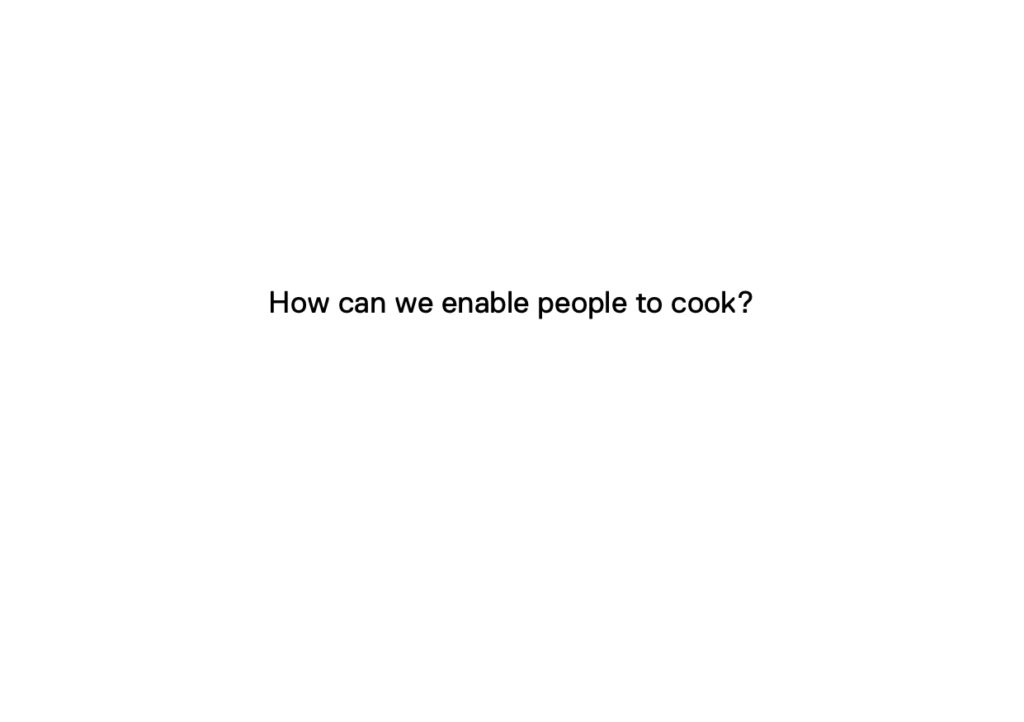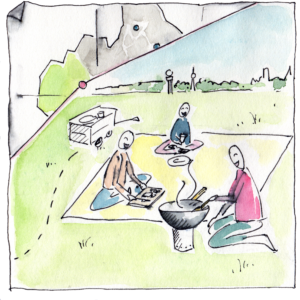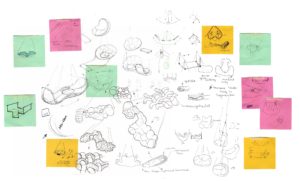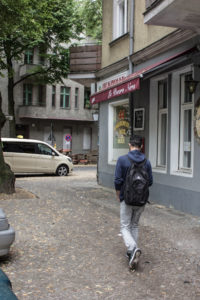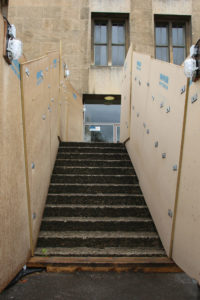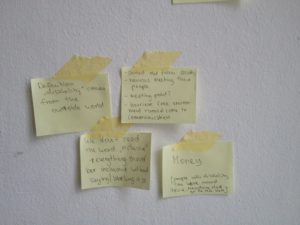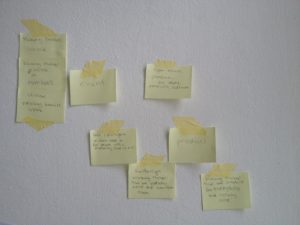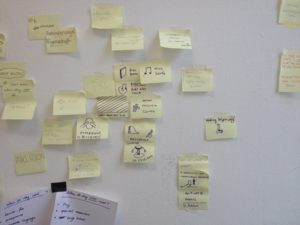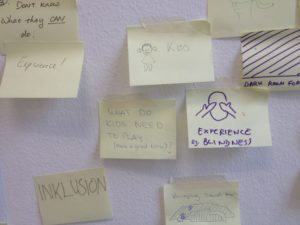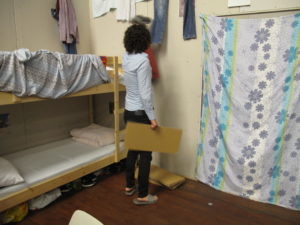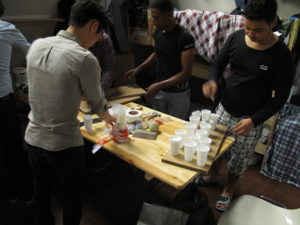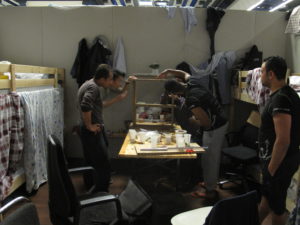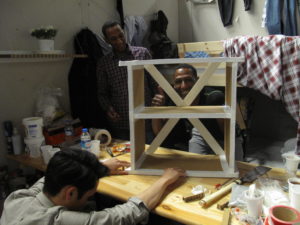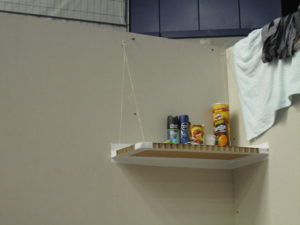How can we enable people without any kitchen access to cook for themselves and others, because being able to do so plays a significant role in creating a space of comfort and wellbeing?
How could an integrated approach look like?
How can we encourage interactive food customs in Berlin’s social life, because a friendly vivid street life makes a city a pleasant and welcoming place to stay?
Thoughts, links and other stuff from our ideation phase:
Cooking instead of having a barbecue. Where else than at home can one cook in a city like Berlin? What is the legal frame? How to stretch it? A map of all the barbecue areas in Berlin:
Pinterest wall, we started on the topic of mobile kitchens:
https://de.pinterest.com/luisarubisch/mobile-kitchen/
A mobile kitchen is clearly not a long-term solution. It cannot replace a kitchen at home, but could be a beginning plus an integrative approach. Allowing for new culinary experiences elsewhere than at home could make it interesting for a lot of different people — also those ones having a proper kitchen at home. It could also help encouraging Berlin’s street life. Maybe making it part of a network of places willing to open up their kitchens to other people could make it even more relevant.
